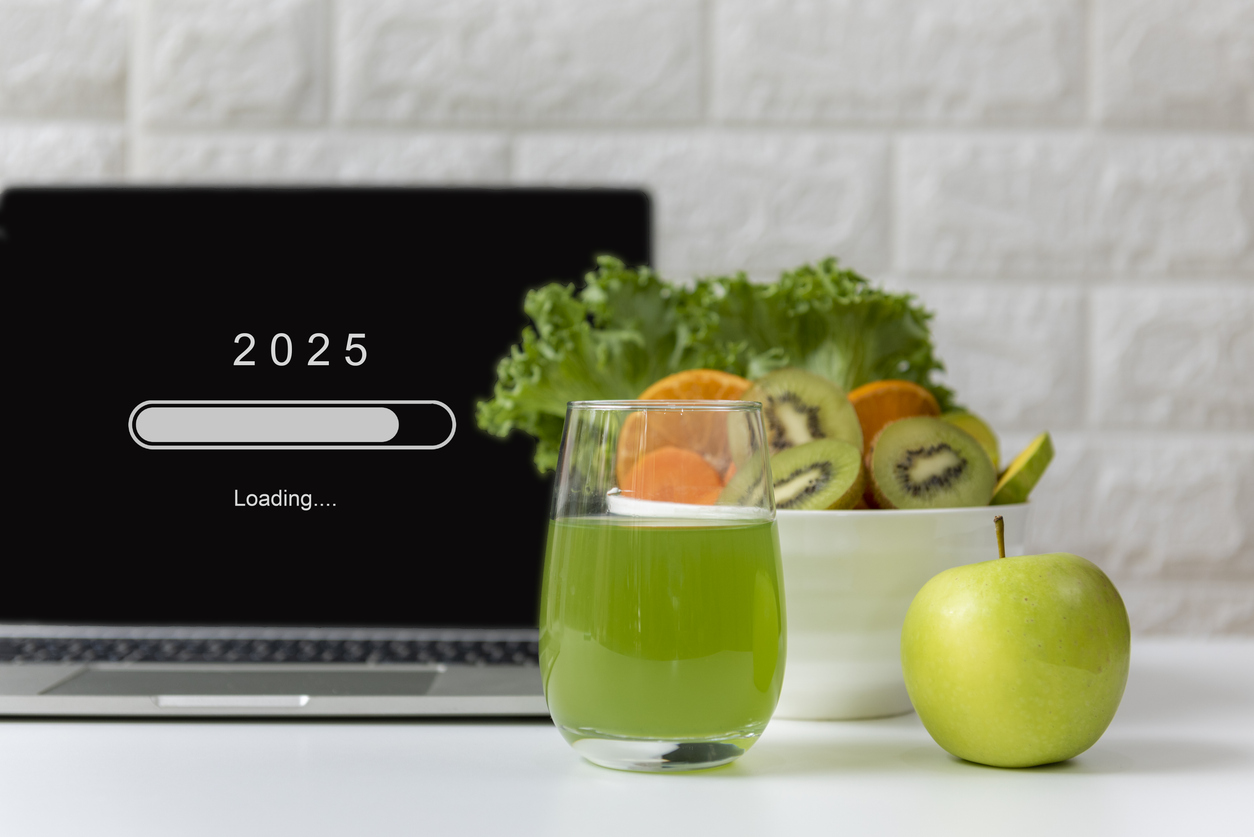As we step into 2025, the food and nutrition landscape continues to evolve, shaped by shifting consumer preferences, scientific advancements, and societal trends. Here are the 10 key trends set to influence the industry this year:
1. Animal Protein Powers On
Contrary to the anticipated dominance of plant-based diets, the demand for animal proteins remains strong. Dairy, in particular, benefits from its nutritional profile and versatility. Consumer interest in high-quality, nutrient-dense proteins highlights a continued appreciation for traditional options like meat and dairy.
2. Mood & Mind
Consumers increasingly turn to food and beverages to enhance mental well-being. Ingredients like probiotics, adaptogens, and specific amino acids are gaining traction for their potential to improve mood, reduce stress, and enhance focus. This trend aligns with growing awareness of the gut-brain connection.
3. Digestive Wellness Diversifies
Gut health remains a priority, but the range of solutions has expanded. Probiotics, prebiotics, fibre, and innovations like A2 dairy and lactose-free products offer consumers tailored approaches to digestive health. The success of these products often lies in their ability to provide visible, tangible benefits.
4. Carbs – Better and Fewer
Consumers continue to scrutinise carbohydrates, favouring options with lower sugar and improved nutritional profiles. The demand for lower-carb and alternative sweetener solutions reflects a broader shift towards managing blood sugar levels for better metabolic health.
5. Energy Redefined
The concept of energy in nutrition is being redefined, focusing on sustained and functional energy. Products combining protein, healthy fats, and emerging technologies like ketones cater to consumers seeking performance and well-being benefits.
6. Rethinking Fat
The outdated fear of fat is being replaced by an appreciation for its benefits. Dairy fats, plant-based oils like avocado and coconut, and even saturated fats are increasingly accepted, driven by emerging research and consumer education.
7. Real Food, Less UPF
Simpler, less processed foods with short, recognisable ingredient lists are dominating consumer preferences. This trend reflects a desire for authenticity and a move away from ultra-processed products.
8. Emergent Blood Sugar-Friendly
Managing blood glucose is becoming a mainstream concern, driven by the adoption of technologies like Continuous Glucose Monitors (CGMs). Foods and drinks designed to stabilise blood sugar levels are gaining prominence, offering benefits for mood, energy, and metabolic health.
9. Plant Protein Power
While the plant-based market has matured, demand remains for natural and minimally processed plant protein sources such as nuts, beans, and pulses. Products that combine plant proteins with convenience are particularly appealing.
10. Plants Made Convenient
Consumers want to include more plants in their diets without sacrificing convenience. Innovations like vegetable-rich snacks, plant-infused pastas, and hybrid products combining plant and animal ingredients exemplify this trend.
Other Emerging Trends in 2025 to Watch out
- The GLP-1 Effect on Nutrition
The rise of GLP-1-based weight-loss medications, such as Ozempic, is reshaping dietary habits. Consumers using these treatments often seek high-protein, low-calorie options to counteract potential muscle loss.
GLP-1 treatments have sparked significant changes in eating habits, while their efficacy is recognised, concerns about long-term effects, affordability, and dependency are shaping consumer sentiment.
Brands like ADM are leading the charge, creating ingredient solutions tailored to the needs of GLP-1 users, including smaller portions packed with protein, fibre, and reduced sugar.
- AI and Hyper-Personalisation: Nutrition Gets Smarter
Artificial intelligence (AI) is revolutionising nutrition, offering tools to create highly individualised dietary plans. AI-powered platforms and wearable technologies provide real-time insights into health metrics, enabling consumers to align their diets with specific health goals.
Companies like Hologram Sciences and Heali are at the forefront of this shift, tailoring nutritional solutions for conditions ranging from autoimmune disorders to gastrointestinal issues.
Balancing Challenges and Opportunities
The intersection of modern science and natural living presents both opportunities and challenges for brands. Navigating this landscape will require a focus on safety, transparency, and sustainability, while addressing consumer demands for both innovation and simplicity.
Outlook for 2025
The future of food and nutrition is bright, marked by rapid advancements and shifting consumer priorities. Brands that remain agile, meeting consumers at the crossroads of advanced science and natural simplicity, will thrive in this evolving market.
Watch this space for the 2025 Megatrends Outlook!
For more information:
https://www.innovamarketinsights.com/trends/top-food-trends-2025
IFIC, Food and health survey, 2024
Taste Wise, 2025 trends report, 2024
https://www.nutiani.com/nz/en/innovation-hub/webcasts/2025-health-and-wellbeing-trends.html

